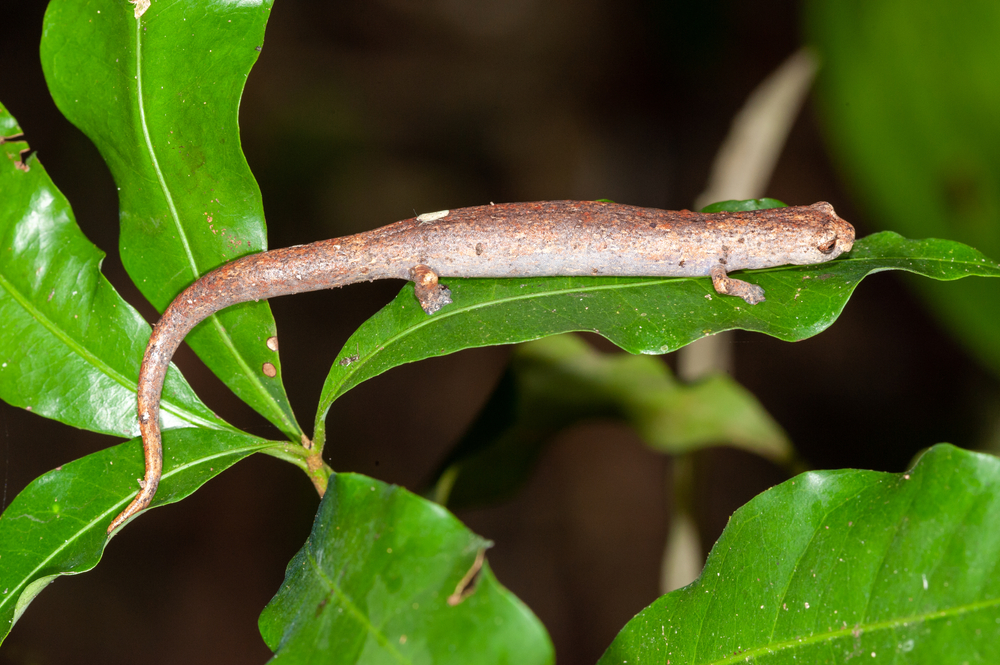Uniqueness
Projectile “Mushroom-Tongue” Feeding Mechanism:
The most defining feature of mushroom-tongue salamanders (Bolitoglossa spp.) is their high-speed, projectile tongue, shaped like a small, flattened “mushroom cap.” This tongue can extend with incredible speed and accuracy to capture prey, making them some of the fastest vertebrate feeders relative to body size. It allows for ambush predation without body movement—ideal for arboreal or cryptic forest environments.
Fully Webbed Feet for Arboreal Life:
Unlike most salamanders, Bolitoglossa species have broad, fully webbed toes, which function almost like suction cups. This unique adaptation helps them grip wet leaves, bark, moss, and vertical surfaces, giving them excellent climbing ability. They are among the few truly arboreal salamanders in the world.
Direct Development (No Larval Stage):
Mushroom-tongue salamanders bypass the aquatic larval stage entirely. They lay eggs on land in moist microhabitats, and fully formed juvenile salamanders hatch from the eggs. This adaptation allows them to thrive in mountainous cloud forests and tropical environments where aquatic breeding sites may be absent or unreliable.
Lungless Respiration:
As members of the Plethodontidae family, these salamanders have no lungs. They rely entirely on cutaneous respiration (breathing through their skin), which requires constant moisture and limits them to humid, stable microclimates.
High Species Diversity and Endemism:
The Bolitoglossa genus contains over 100 species, many of which are endemic to very small geographic areas, including single mountain slopes or valleys. This makes the group one of the most diverse and evolutionarily specialized among amphibians.
Ecological Role in Tropical Forests:
Though small and elusive, Bolitoglossa species are critical components of tropical ecosystems. They help control populations of ants, mites, and other small invertebrates, and serve as prey for snakes, birds, and mammals—playing a keystone role in leaf-litter and arboreal food webs.
Summary:
The mushroom-tongue salamander is a biomechanical marvel and ecological specialist, uniquely equipped with a sticky, high-speed projectile tongue, fully webbed toes for climbing, and direct-developing reproduction. Its adaptations allow it to thrive in humid, forested ecosystems from lowland jungles to misty mountaintops—making it one of the most unusual and evolutionarily advanced salamanders in the world.



































































